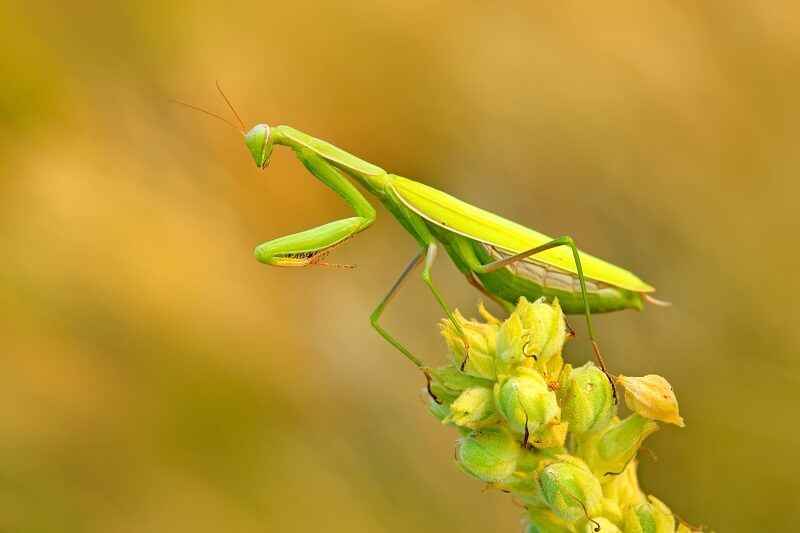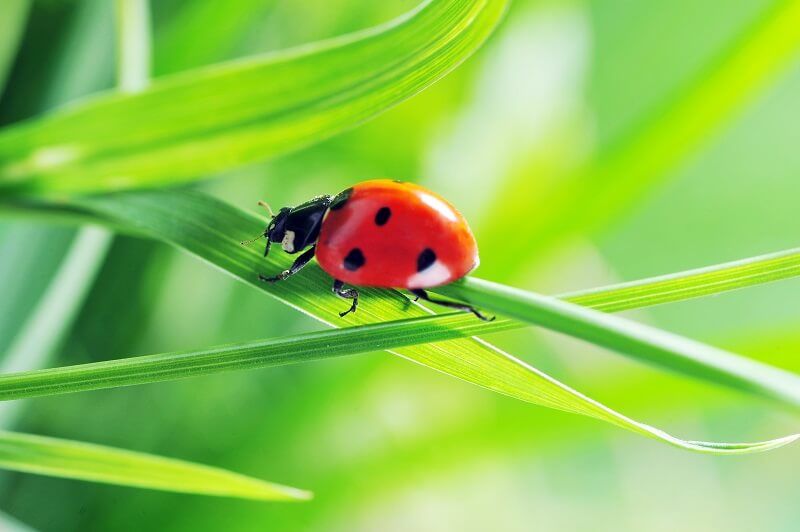What Is Beneficial Insect Release?
As homeowners continue to look for ways to keep their landscapes beautiful, one particular solution has been growing in recent years: beneficial insect release. Beneficial insect release is when plant health care experts use insects rather than chemicals to control and manage pest populations. Pests can cause significant damage to a landscape, and releasing certain insects is an effective means of reducing pest populations (and their subsequent damage to trees and plants) while minimizing chemicals. Here is an explanation of what beneficial insects are and when they are used.
What Is Involved in Beneficial Insect Release?
As stated above, beneficial insect release is a biological control method based on using insects rather than other substances like chemicals. The idea is to target pest populations by releasing their natural predators within a landscape to control the specific pest population, minimizing the harm done to your plants. Certain insects are also either neutral or beneficial to particular ecosystems, which is part of what makes releasing beneficial insects work.
For example, praying mantises are harmless to plants and people and feed on aphids: small, sap-sucking insects that can damage plants and leaves. So a homeowner can have praying mantises released in their landscapes to protect their gardens from aphids.
When is Beneficial Insect Release Used?
Beneficial insect release is an augmentative biological control, meaning that helpful insects are often used as part of a more extensive plant health care program rather than the sole method for pest control. In terms of populations, low to mid-level populations of pests can be controlled by beneficial insects. Below are a few examples of beneficial insects and the pests these insects target.
- Green lacewing: Aphids, Whitefly, Leafhoppers, Mealybugs
- Ladybug: Aphids, Mealybugs, Soft Scale, Whitefly
- Praying mantis: Caterpillars, Flies, Grasshoppers, Aphids


Releasing beneficial insects is often used in landscapes with plants prone to injury from mites and aphids. Beneficial insects are also used for plants or landscapes sensitive to potentially harmful pesticides or those who prefer organic, natural methods of maintaining their landscapes.
The timing of a beneficial insect release is also crucial to its effectiveness. Praying mantises, for instance, need to be released via egg mass in March, as early spring is when the mantises will start to hatch and can begin feeding on pests. Other insects can be released as adults, but the timing is just as important. Other factors include the pests damaging a landscape and the surrounding plants and the environment’s overall conditions. Overall, beneficial insects should be part of a larger plan to help balance your landscape’s ecosystem and maintain its beauty and health.
Contact Burkholder Brothers for Plant Health Care Services
If you want to keep your landscape free of harmful pests or are interested in beneficial insect release, contact Burkholder Brothers for a consultation. Our team of highly qualified, passionate landscape professionals has up-to-date knowledge of the latest and best plant health care practices. Our specialists and account managers will work with you to maintain your landscape’s beauty and value. For more information on our services, contact us today.

